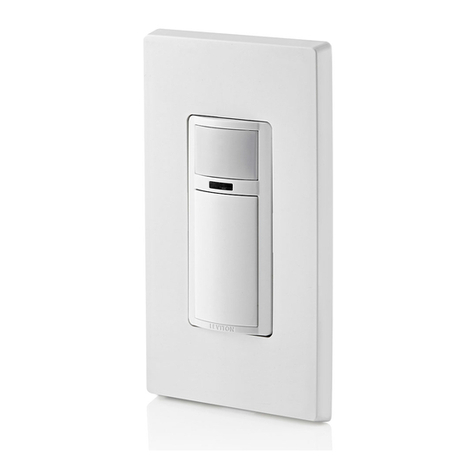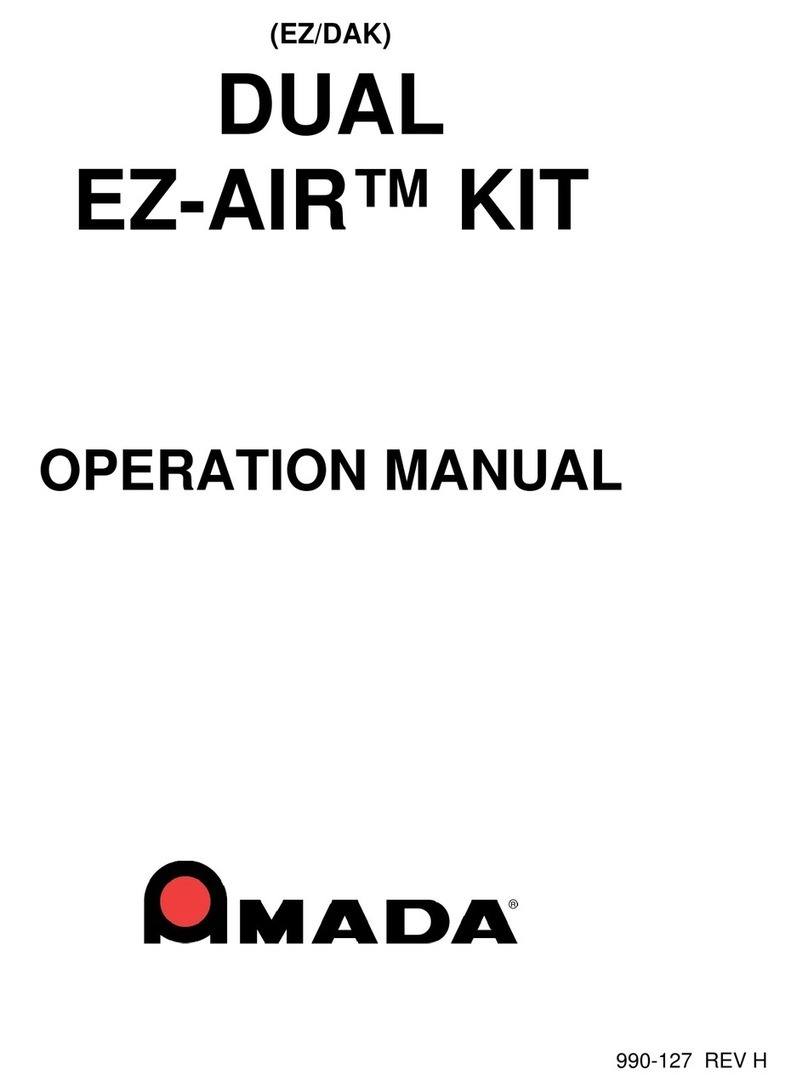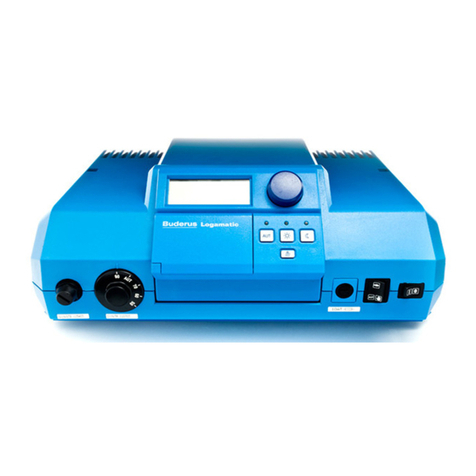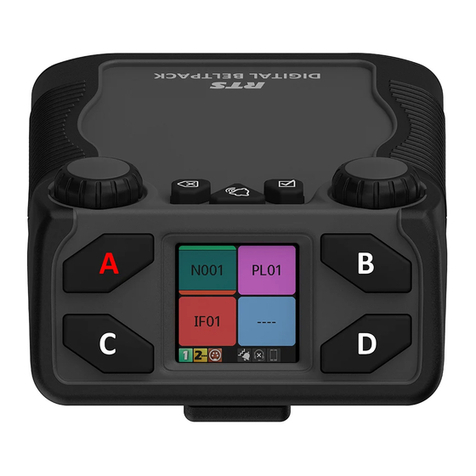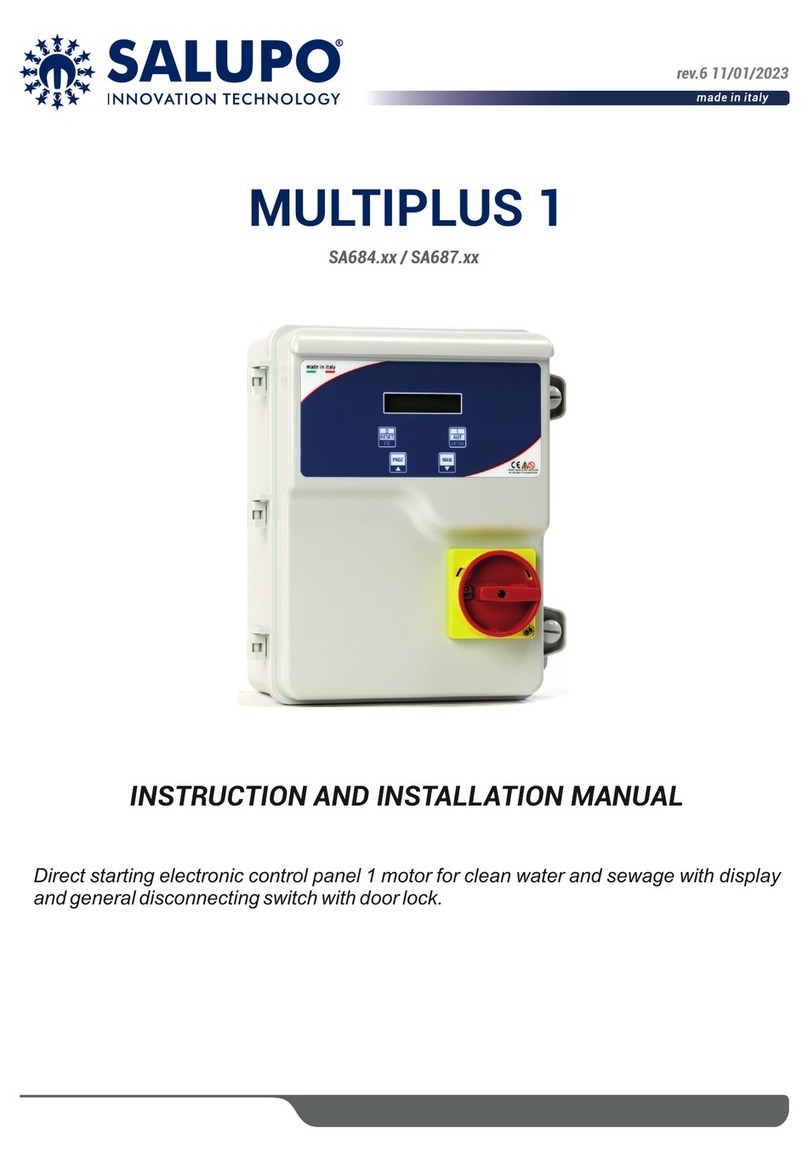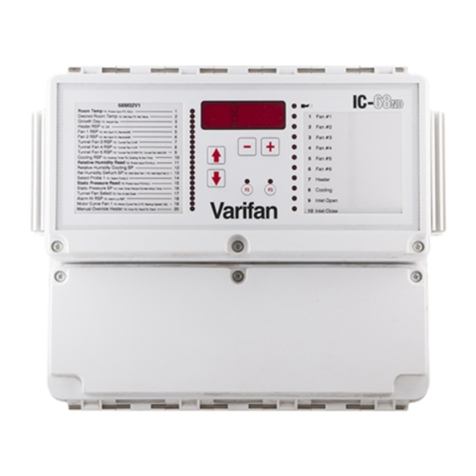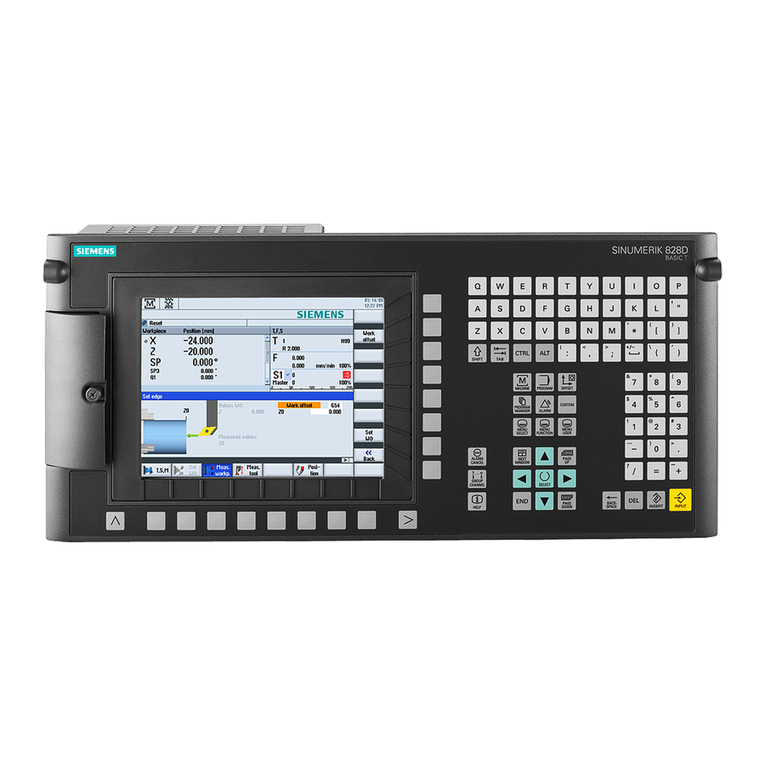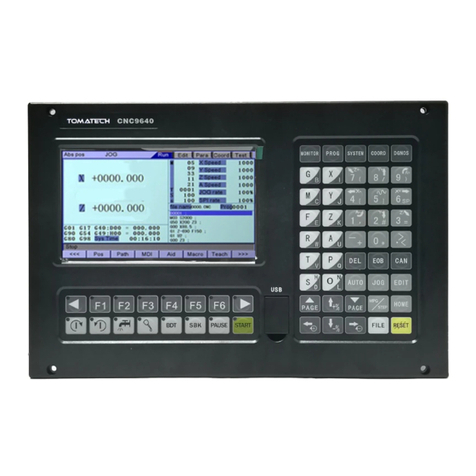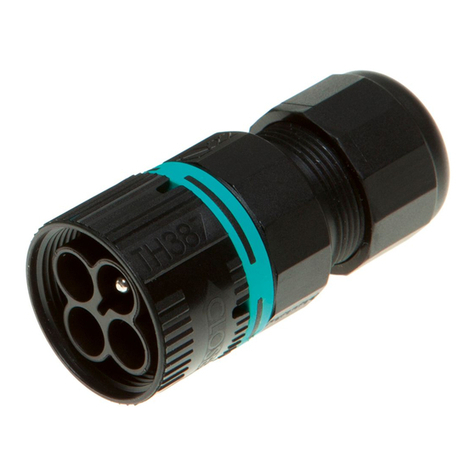Telesis NOMAD 2000 User manual

NOMAD 2000 Marking System
84724A © 2011– 2019 Telesis Technologies, Inc. – All Rights Reserved 1 of 8
Disclaimer: Printed or downloaded copies of this document are considered to be uncontrolled. Documentation is subject to
change without notice.
SYSTEM OVERVIEW
The Telesis®NOMAD 2000 marking system
permanently prints messages into materials such as
steel, aluminum, and plastic. An electric solenoid
accelerates a hardened pin to indent dot matrix
characters into the item being marked. Character
shape, size, density, and location are determined by
the user through the marking system software.
Marking Head.The marking head is an
electromechanical marker. The internal, mechanical
components position the pin cartridge and an electric
solenoid fires the marking pin. A spring returns the pin
to its idle position within the cartridge. The marking
head moves the pin cartridge through X- and Y-axis
rectilinear motions to reach the correct position for
each dot of the characters to be marked. The system
software automatically controls pin extension to mark
the message.
The marker uses two stepper motor drives to rapidly
and accurately position the pin at coordinate-defined
locations in the marking window within 0.006 mm
(0.00024 inch). The marker accommodates the
rigorous dynamics of impacting, rebounding, and rapid
positioning of the marking pin through a linear rail/ball
bearing saddle assembly, ceramic-coated guide
shaft/linear bushing assemblies, and drive motors with
concentric, linear drive screws.
The lightweight and portable NOMAD 2000 is battery
operated and designed for remote operation. The
handheld marker incorporates a pistol-grip handle with
a Start Print push-button switch.
The integral standoff with its padded front surface is
held against the marking surface while marking. The
standoff can be adjusted forward and aft to change the
pin stroke.
Pin Cartridge.The pin cartridge is machined from
engineered plastic materials and offers long life with
little maintenance. Screws attach the pin cartridge to
the marking head for easy removal, cleaning, and pin
replacement.
Marking Pins. The 25XLE-series marking pins are
made of tungsten carbide and are available in 30° and
45° cone angles.
Marker Cable.The marker cable permanently
connects the marker to the controller. The cable is 2 m
(6.5 feet) long and is prewired to the marking head.
NOMAD 2000 (470HH) Controller. The controller
provides the electrical interface and software control of
the NOMAD 4000 marking head. Refer to NOMAD
Controller Specifications for details.
SYSTEM OPTIONS
•Backup Utility Software
•Barcode Scanner
•Logo/Font Generator Software
•Upgrade Utility Software
NOMAD 2000 Marking System – General Arrangement

NOMAD 2000 Marking System
2 of 8 84724A
SYSTEM SETUP
The marking head is designed to be used as a
handheld marker.
The following procedures provide only a general
overview of the operation process. For more
information, see the NOMAD 2000 Getting Started
Supplement,the NOMAD 2000 Installation &
Maintenance Manual,or the NOMAD 2000 Operation
Manual.
CAUTION
The NOMAD 2000 is not a sealed unit. See
Environmental Considerations for more
information.
1. Place the controller on a flat, level, and stable
surface as close as practical to the marking
head. Standard marker cable length is 2 m (6.5
feet).
2. To start the marking system software, press the
controller power button on the front panel to
ON.
3. Load the pattern you want to mark.
4. Adjust the pin stroke for impact depth as
necessary.
5. Place the marking head on the correct location,
and mark the pattern.
NOMAD 2000 MARKING HEAD
Specifications
The NOMAD 2000 marking head specifications are
subject to change without notice.
Dimensions ....................See NOMAD 2000 Handheld Marking
Head Dimensions
Rating ..........................NEMA 1 (I.P. 10)
Weight ..........................1.58 kg (3.47 lb) marker only
Noise.............................80.0 dB (maximum)
72.5 dB (LEQ)
See Marking Noise for details
Vibration........................Does not exceed 2.5 m/s2
See Vibration Data for details
Marking Area (W x H)......100 x 25 mm (4.0 x 1.0 inches)
Number of Impact Pins....1
Pin Type ........................Carbide with 30° or 45° cone angle
Pin Stroke (maximum) ....3.8 mm (0.15 inch)
Operating Temperature. ..0° to 50°C (32° to 122°F),
non-condensing
Humidity........................10% to 80%
Marking Characteristics
The NOMAD 2000 can accommodate character sizes
from .762 to 25 mm (.030 to 1.0 inch) in .025 mm
(.001-inch) increments. Characters can be rotated in
1° increments with printing resolutions from 5 dots/cm
(10 dots/inch) to 75 dots/cm (200 dots/inch) for an
engraved look.
Marking Speeds
The system marks a maximum of 2.0 characters per
second using a 5 x 7 font, 3 mm (.118-inch) high, 2
mm (.080-inch) wide characters. Speeds vary
depending on the selected character size, style, and
dot density. Specific times can be verified by a Telesis
representative.
Marking Noise
Sound pressure-level tests were conducted on the
Marking System using a Larson-Davis Model 710 sound
pressure meter while dry firing the marker at a 50%
duty cycle. The maximum sound pressure level during
the test cycle was measured at 80.4 dB. The time-
weighted average (LEQ) using the 3 db rule without
threshold was 72.5 dB. Typical applications average a
20% to 30% duty cycle where the time-weighted
average would not exceed 68.3 dB(A).
The sound pressure-level tests were carried out under
controlled conditions, imitating as closely as possible,
predicted normal operation. However, noise level is
heavily dependent on the part being impacted.
Conditions such as the material being marked, the
rigidity of the work piece, machine settings, ambient
noise, etc., may all vary when in operational use. Such
variables will alter the actual noise level.
Despite detailed guidance provided with each machine,
variable operating conditions are beyond the control of
Telesis. The responsibility of establishing safe working
levels of use remains with the end user. Accordingly,
you should conduct your own sound pressure-level
tests for your application while marking actual work
pieces.
Pin Life
Pin life depends largely on the type of material being
marked, how hard or abrasive it is, and the required
marking depth. On typical metals with a hardness of
Rockwell Rb47, marking at a depth of .127 mm (.005
inch), carbide pins average approximately 9 million
impressions before needing sharpened.
Marking Depth
The NOMAD 2000 can obtain a marking depth of .127
mm (.005 inch) in mild steel (Rb53) using a 25XLE
carbide pin with a 45° cone angle. The depth of mark
can be adjusted over a significant range by changing
the impact force (software parameter) or the impact
distance (pin stroke). Note the maximum pin stroke
distance is 3.8 mm (.15 inch). Specific depths can be
verified by a Telesis representative.

NOMAD 2000 Marking System
84724A 3 of 8
NOMAD 2000 Handheld Marking Head Dimensions

NOMAD 2000 Marking System
4 of 8 84724A
NOMAD CONTROLLER
The NOMAD controller is a permanently attached
controller via the marker cable to the marker head. It
is a portable unit powered by a rechargeable factory-
installed lithium battery.
*This Product is powered by a Lithium
Polymer/Li-ion Battery. Failure to follow Safety
Instructions and Warnings or other misuse could
result in risk of fire, explosion, or other safety
hazards.
*See your NOMAD system manuals for all Safety
and Operation Instructions and Information.
*Never charge the NOMAD controller unattended.
*Always have a fire extinguisher for emergency
use.
*Never charge the NOMAD controller if the NOMAD
controller’s case is physically damaged or
deformed
*Charge the NOMAD controller in an isolated area,
away from flammable materials or liquids.
* Lithium batteries have a life cycle. Replace the
battery when it reaches its service life or when it
is two years old, whichever comes first. Batteries
should only be replaced by Telesis Technicians.
* Make sure the NOMAD controller is cooled to
ambient temperature before charging.
*Use only Telesis Lithium Polymer/Li-ion
chargers provided to you by Telesis. Do not use
NiMH or NiCd chargers.
*Never store or charge the NOMAD controller in
extreme temperatures.
*Never charge the NOMAD controller while
marking at the same time.
*During discharge and handling of the NOMAD
controller, do not exceed 0° to 50 °C (32° to 122
°F)
*Store the NOMAD controller at room temperature
between 5 and 27 °C (40 and 80 °F) for best
results.
*Never leave the charger plugged into the
NOMAD controller after it is fully charged. The
charger will illuminate green when charge is
complete.
*When transporting or temporarily storing the
Nomad controller in a vehicle, temperature range
should be greater than -6°C (20 °F) but no more
than 65°C (150°F).
*When not in use, the battery must be fully
charged once a month to maintain the battery.
* If you observe a noticeable decrease in product
run time or increase in required charge time,
the battery must be replaced. Batteries should
only be replaced by Telesis Technicians. Please
contact your Telesis representative to schedule
service
* If you observe smoke, disfiguration of the
device or battery, swelling of the device or
battery, or unusual heat while operating or
during charging, discontinue use or charging,
respectively, and report to a Telesis
Representative.
*Storing the NOMAD controller at temperatures
greater than 76˚ C (170˚ F) for extended
periods of time (more than 2 hours) may cause
damage to battery and possible fire.
*Wire lead shorts can cause fire.
*Operating Temperature
Charging: 0° to 45˚ C (32° to 113˚ F)
Discharge: 0° to 50˚ C (32° to 122˚ F)
NOMAD Controller Specifications
The NOMAD controller specifications are subject to
change without notice.
Compliance.....................CE, RoHS
Configurations.................Portable battery operated
Rating............................(I.P. 50) for general use
Dimensions.....................refer to the NOMAD Controller
Dimensions drawing
Weight ..........................8 lb (3.63 kg), controller only
Operating Temperature....32° to 122° F (0° to 50°C)
Operating Humidity .........10% to 80% non-condensing
Cooling...........................Internal, thermostat-controlled fan
Communications..............RS232
Serial Comm Port
USB (data backup and transfer)
Battery Charger Specifications
Power Requirements........37 volt Lithium Battery with
AC charging adapter
Input .............................100∼240 volts
Output ...........................42 volt ± 0.2 volts
Charging Current.............2 amp ± 0.1 amp
Operation Temperature.... 0ºC∼40ºC (32ºF∼104ºF)
Rating............................NEMA® 1 (I.P. 50)
Environmental Considerations
The following environmental considerations must be
taken into account when using the NOMAD controller.
Contaminants. The non-vented NOMAD is rated
NEMA 1 (IP50). When liquid contaminants are present,
the contaminants can be forced into the NOMAD
controller and cause the controller to fail. For that
reason, the controller should be protected in these
types of environments. The unit should also be
protected or not used in extreme heat or cold
situations to ensure proper function.

NOMAD 2000 Marking System
84724A 5 of 8
NOMAD Controller Dimensions

NOMAD 2000 Marking System
6 of 8 84724A
NOMAD Controller and Head

NOMAD 2000 Marking System
84724A 7 of 8
NOMAD Controller Safety Labels
Safety labels and their locations are shown in the following illustration. Familiarize yourself with the laser labels
and their locations prior to operating the laser marking system.

NOMAD 2000 Marking System
8 of 8 84724A
NOMAD-Based System Software
The system software is installed in the controller
and provides the user interface for the operator to
control the marker. The software also provides a
library for storing, loading, and editing user-
defined patterns.
Patterns are files stored in the controller memory.
Depending on the size of the pattern files, the
controller can store up to 200 patterns. Each
pattern contains one or more fields; each field
defines a single object.
Printable objects can be created to define text
strings, arc-text strings, geometric shapes,
graphics, and machine-readable data matrix
symbols.
Printable text fields can include alphanumeric
characters, symbols, and special message flags.
Message flags insert data into the text string, such
as serial numbers, times, dates and user-defined
codes. Refer to the NOMAD Operation Manual for
details.
Interface Panel
The side panel of the controller provides ports for
the marker cable, USB, serial connection, and the
charger.
Serial Interface. The Comm port allows you to
connect to remote serial devices such as a barcode
scanner. See Serial Communications for details.
USB Interface. The USB port allows you to
connect a memory stick or flash drive for pattern
storage or retrieval and for software upgrades.
Charging Port. The charging port allows you to
recharge the NOMAD battery pack. Check the
battery monitor symbol on the top left of the main
menu on the controller for the battery charge
status. Keep the charger cable in an open area
when charging to allow ventilation and prevent
overheating. The red charging indicator on the
charging cable turns green when the battery is
fully charged.
The battery must be fully charged once a
months to maintain the battery when the
NOMAD is not used.
Batteries that show a noticeable decrease in run
time or increase in required charge time must
be replaced. Contact your Telesis Technologies
representative to schedule service.
Lithium batteries have a life cycle, replaced the
battery when it reaches its service life or when
it is two years old, whichever comes first.
Contact your Telesis Technologies
representative to schedule service.
Never use any other
charging cable than the
one provided by Telesis
Technologies. The charger
can generate heat and
must be used in a dry,
ventilated area.
Never operate the NOMAD
2000 while it is charging.
RS232 Barcode Scanner
The marking system software allows you to
configure communication parameters to transmit
and receive data to and from the Comm 1 port.
Use the Comm 1 port for an optional barcode
scanner.
TRADEMARKS
Telesis and PINSTAMP are registered trademarks
of Telesis Technologies, Inc. in the United States.
NEMA is the registered trademark and service
mark of the National Electrical Manufacturers
Association.
Table of contents
Popular Control System manuals by other brands
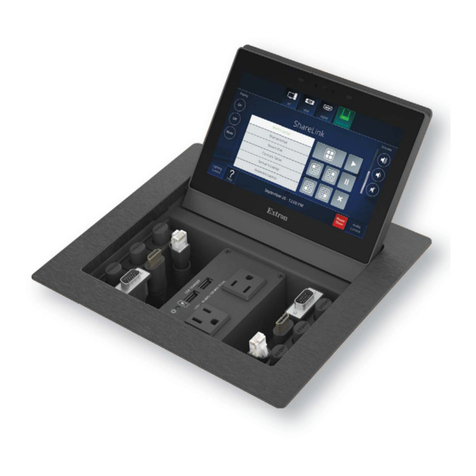
Extron electronics
Extron electronics TouchLink TLP Pro 525C Series user guide
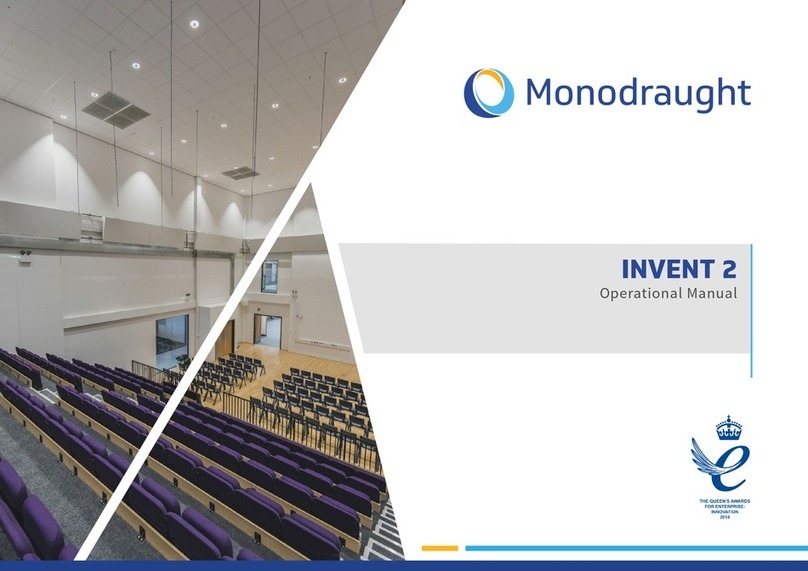
Monodraught
Monodraught INVENT 2 Operational manual
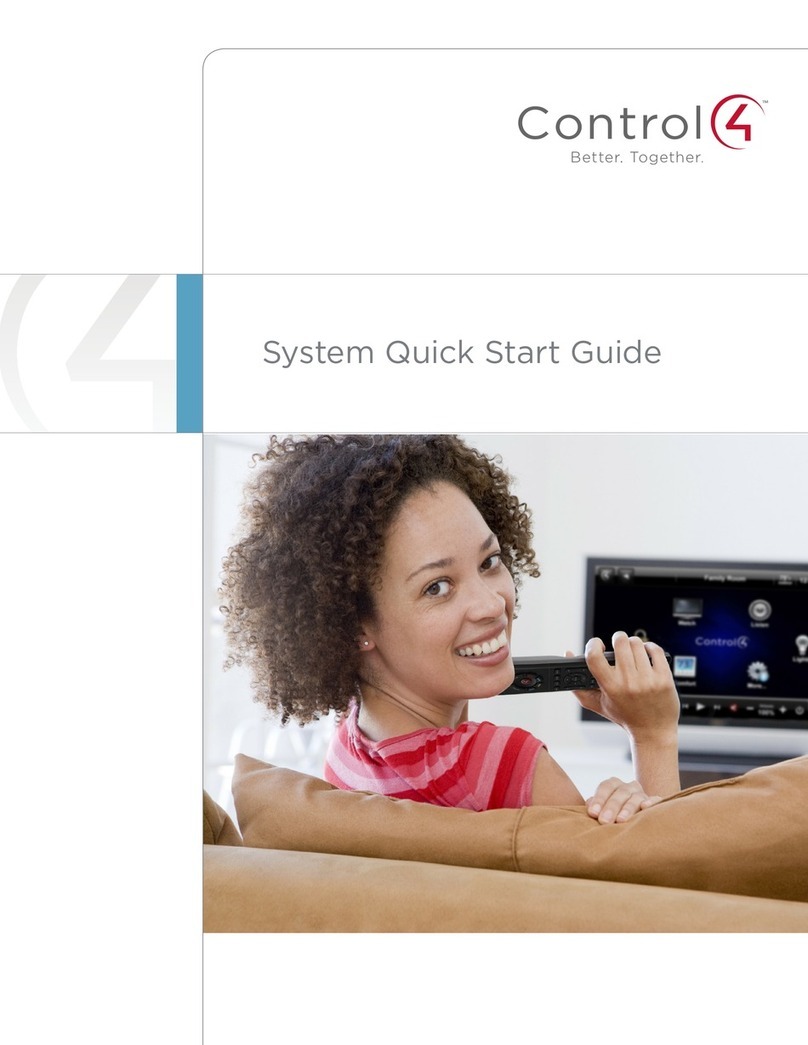
Contro l4
Contro l4 Control4 Smart Home quick start guide
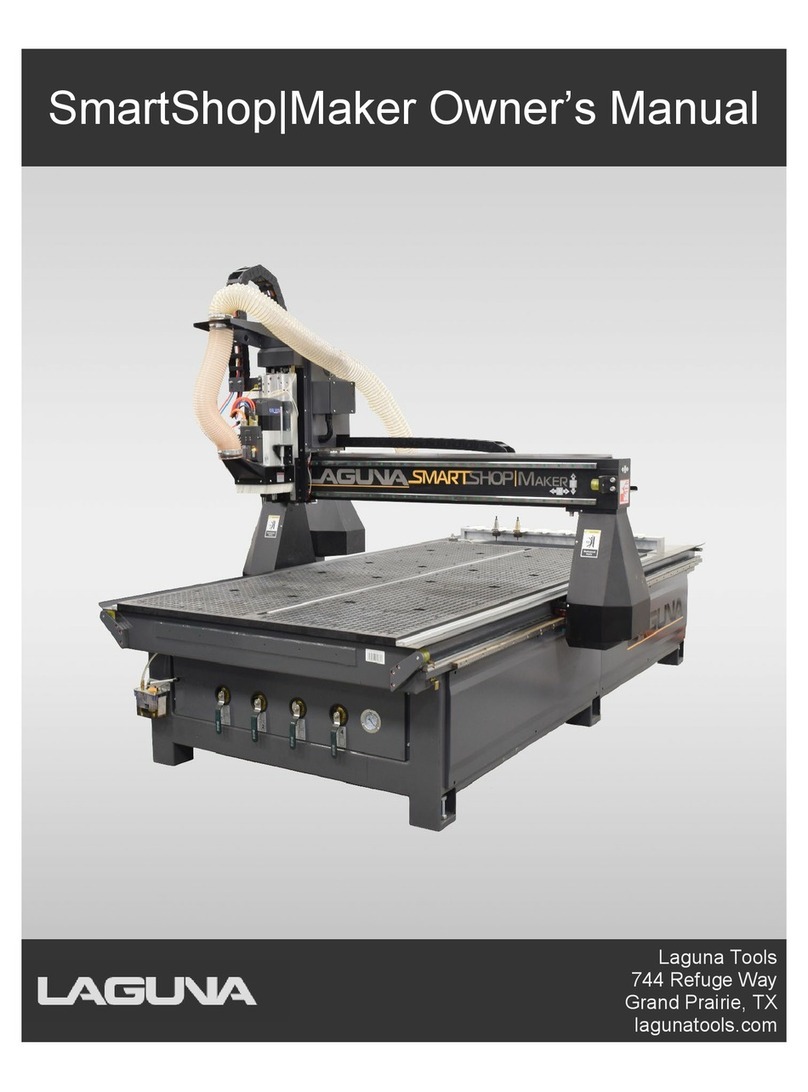
Laguna Tools
Laguna Tools SmartShop Maker owner's manual

Evco
Evco EVLJBOX HP Sequencer manual
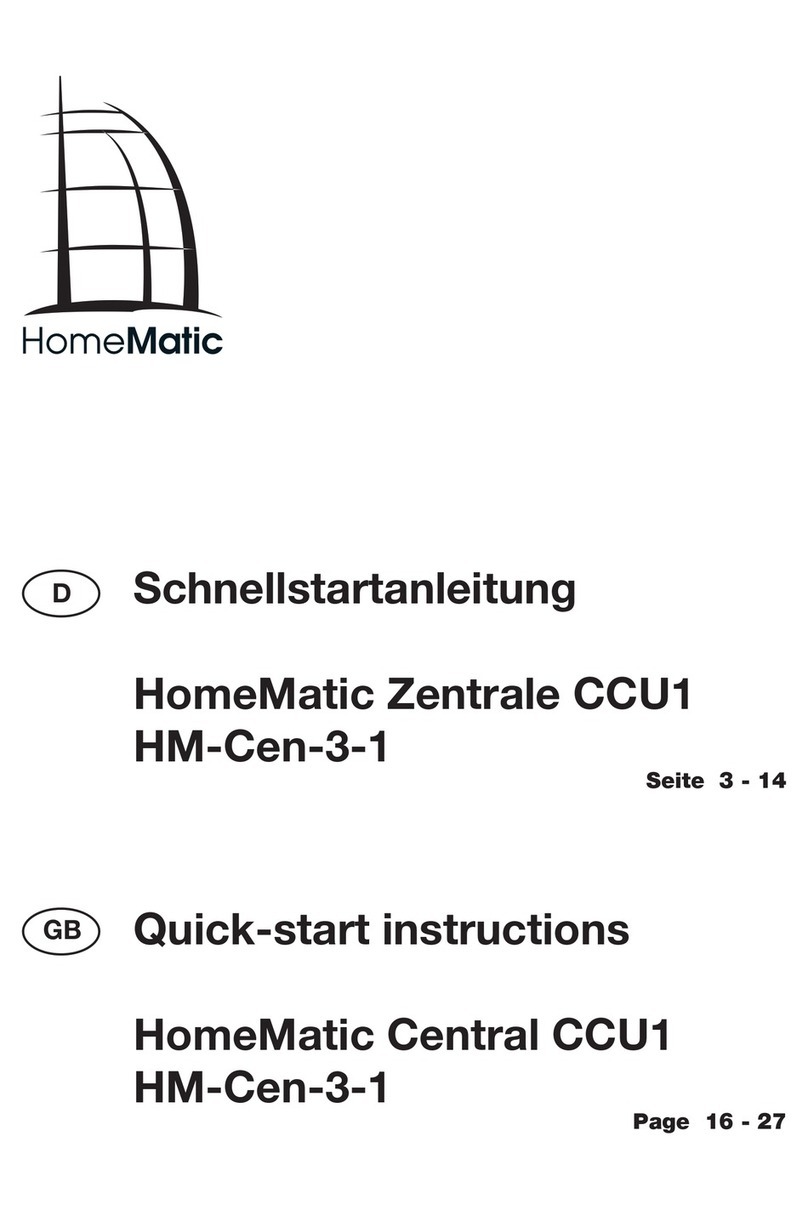
HomeMatic
HomeMatic HM-Cen-3-1 Quick start instructions
